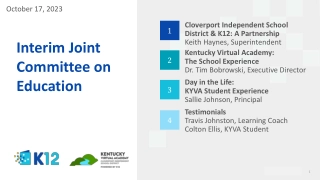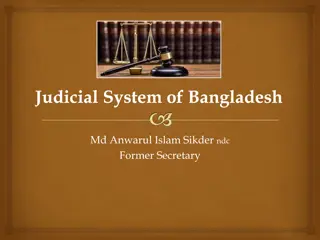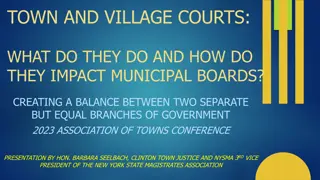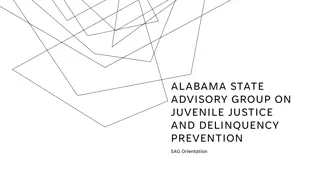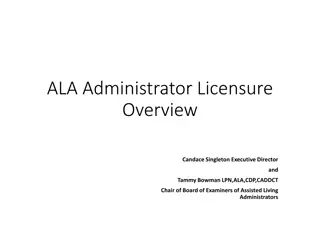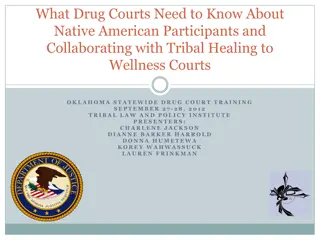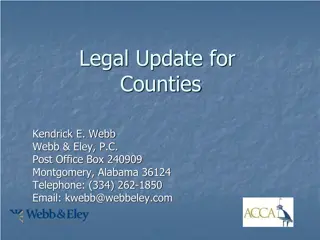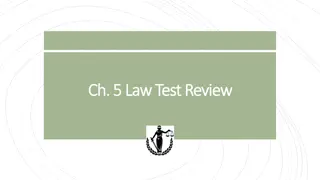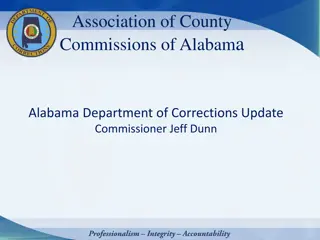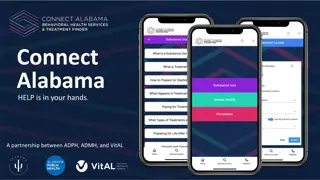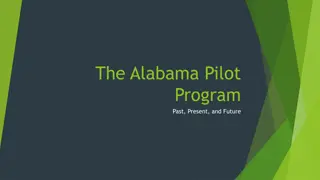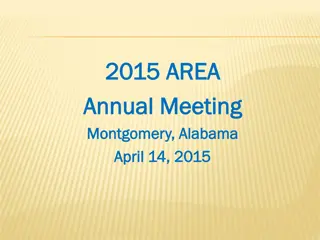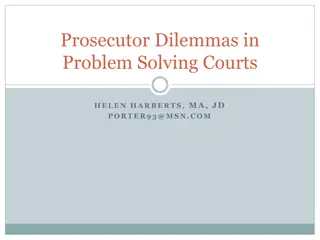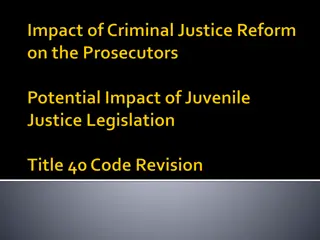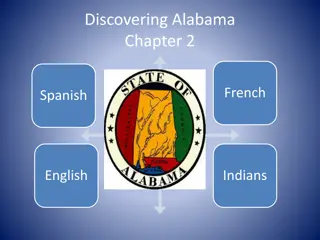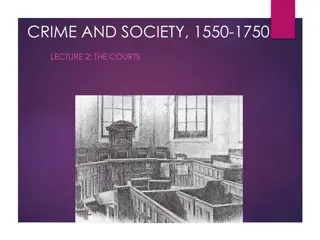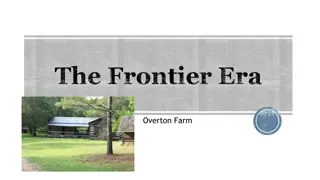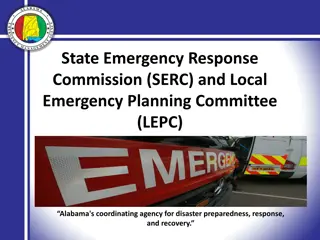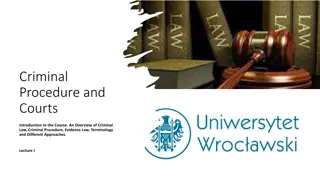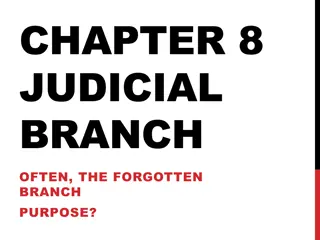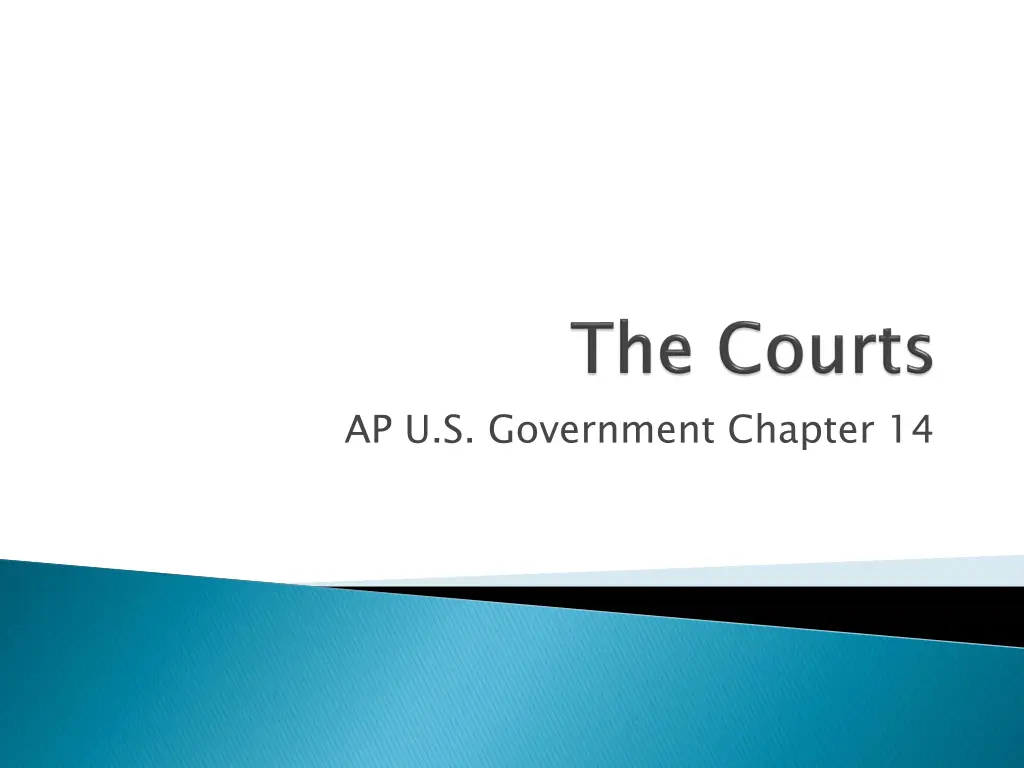
Understanding the Structure of the U.S. Legal System
Explore the intricacies of the U.S. legal system, including the dual court system, jurisdiction of courts, Supreme Court powers, and the development of legal power. Learn about the role of constitutions, statutes, administrative regulations, and case law in shaping the legal landscape. Discover how federal and state courts operate, the appointment process for Supreme Court justices, and the path cases take to reach the highest court in the land.
Download Presentation

Please find below an Image/Link to download the presentation.
The content on the website is provided AS IS for your information and personal use only. It may not be sold, licensed, or shared on other websites without obtaining consent from the author. If you encounter any issues during the download, it is possible that the publisher has removed the file from their server.
You are allowed to download the files provided on this website for personal or commercial use, subject to the condition that they are used lawfully. All files are the property of their respective owners.
The content on the website is provided AS IS for your information and personal use only. It may not be sold, licensed, or shared on other websites without obtaining consent from the author.
E N D
Presentation Transcript
Constitutions-> state and federal Statutes and Administrative Regulations Statutes-> laws made by legislatures Admins. Regulations -> issued by admins. agencies courts may be called on to interpret Case Law -> Stare decisis, U.S. case law is based on precedent
1. Jurisdiction of Courts 2. Supreme Court Power 3. Due Process and Regulatory Power
Dual Court System State Court jurisdiction -> state laws Federal Court jurisdiction ->U.S. law, foreign treaties, interpret constitution Concurrent jurisdiction -> state and federal Federal trial courts -> district courts that have original jurisdiction Federal Court of Appeals ->apellate jurisdiction -> hear cases appealed from district courts
Power developed from custom, usage and history No federal court may initiate action Jurisdiction: Federal question (Interpret Constitution, U.S, law, treaties) Diversity of citizenship Standing to sue Types- 3 tiered U.S. District Courts-> civil and criminal trials U.S. Court of Appeals-> 13 courts=12 districts and 1 national appellate (Fed. Claims)-> uphold, reverse or send back Supreme Court (Handout)
Supreme Court 9 Supreme Court Justices (8 Associates and 1 Chief) Appointed by President and approved by Senate Main duties: hear and rule on cases Chief provides leadership and presides over sessions Supreme Court How cases reach the court: Majority of cases referred on appeals from lower courts (Most concern laws ruled unconstitutional) Some dismissed Writ of Certiorari- error or raises serious constitutional issue Chief Justice puts Writ of Certiorari cases on a list for discussions 4 justices agree, case is accepted Some are decided by a brief 2/3 never make it How cases reach the court:
Steps in deciding major cases: Each submits a brief Lawyers for each side make arguments On Wed. and Fri. the Chief Justice presides over a secret conference in which the case is summarized and recommendations are made on how to handle Justices debate case, each Justice has 1 vote, majority decides 4 opinions: 1. unanimous 2. majority 3. concurring 4. dissenting C.J. assigns justices to write opinions Steps in deciding major cases:
Shaping public policy restraint) (Strict and Broad Construction) using judicial review- power to declare unconstitutional federal or state laws and other acts of gov t. interpreting laws over-ruling or reversing previous decisions Shaping public policy: (Judicial activism and
Limits: Limits on types of issues Limits on types of cases (decision will make a difference, real harm, federal question) limited control of agenda (appeals) Lack of enforcement (noncompliance difficult to monitor) Checks and Balance (President and Congress) Public Opinion Limits:
How the Supreme Court Arrives as Decisions Answers Unclear Society is Disturbed Petition and Response Order of Seating Each Side Get Hour Opinions Assigned Some Change Minds Uniform Rule Freund s View Consensus Needed Painful Accusation


